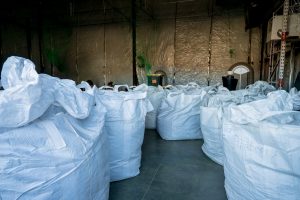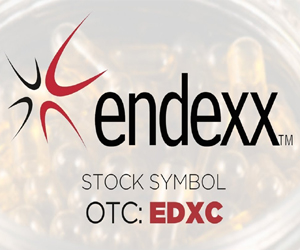Fiber, grain varieties bring distinct storage needs for hemp producers
FeaturedIndustrial Hemp NewsMarijuana Laws, Regulations, & Politics July 17, 2019 MJ Shareholders 0



(Photo courtesy of Hemptown)
(This is an abridged version of a story that appears in the July issue of Marijuana Business Magazine.)
Traditionally, industrial hemp has two main commercial uses: food and fiber.
The two uses have distinctly different storage needs:
Food: Hemp grain storage is often kept on-farm. Canada requires hemp grain to be stored in clean, dry, aerated and locked bins. These can be similar to the steel bins used for corn, wheat and other crops. But unlike those grains, which are often heavily processed, hemp is served as a raw food, according to Russ Crawford, president of the Canadian Hemp Trade Alliance.
Fiber: Similar to large, round bales used for storing hay as feed for animals, hemp bales can weigh up to 1,000 pounds and offer compact storage.
Trey Riddle, CEO of Sunstrand, a Kentucky-based natural fiber manufacturer, said he receives field-retted hemp straw in plastic-wrapped round bales from his contracted growers.
“It has to be baled dry, at a low moisture content like 12%, so it does not mold in storage,” he said.
Read more about fiber and grain storage strategies here.
Subscribe to our Newsletter
MJ Shareholders
MJShareholders.com is the largest dedicated financial network and leading corporate communications firm serving the legal cannabis industry. Our network aims to connect public marijuana companies with these focused cannabis audiences across the US and Canada that are critical for growth: Short and long term cannabis investors Active funding sources Mainstream media Business leaders Cannabis consumers










No comments so far.
Be first to leave comment below.